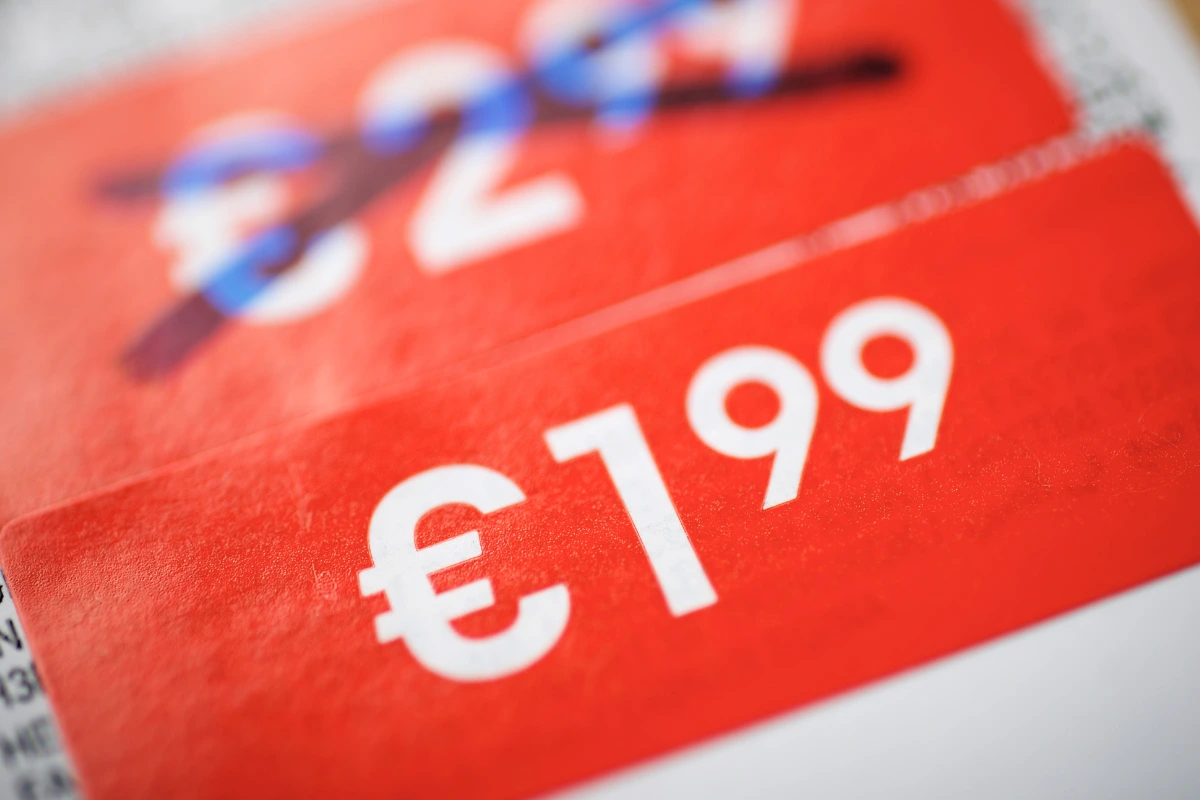Seasonality in the retail industry is a phenomenon that significantly impacts store operations. Understanding and skillfully managing seasonal sales patterns can be the key to success in e-commerce. In this article, you will learn what seasonality is, the potential risks it entails, and how you can leverage it to benefit your business.
What is seasonality?
Seasonality in sales refers to regularly recurring fluctuations in the demand for products or services during specific periods of the year. Various factors, such as weather changes, holidays, or vacations, can influence seasonality. Understanding it is crucial for your company as it allows for better planning, inventory management, marketing campaigns, and sales.
Common terms associated with seasonality include high season, low season, off-season, and trends. The high season usually refers to longer periods, such as an entire season or vacation time. The low season pertains to specific days of the year, like holidays (Mother’s Day) or major shopping events like Black Friday. The off-season refers to periods with the lowest sales. A trend is simply a temporary surge in interest for a particular product.
It's important to note that different industries can have varying sales peaks throughout the year. For example, in the toy industry, the highest sales typically occur around Children's Day and Christmas, while pools sell best during the summer.
Seasonality - what are the risks?
Every entrepreneur dreams of a massive sales peak. However, an unexpected surge in sales can cause certain issues, such as:
- server overload due to too many visitors - if your online store is not prepared for increased traffic, it may stop functioning, or placing orders might become difficult.
- stock shortages caused by the sudden high popularity of a specific product.
- along with increasing sales, the number of customer support inquiries may rise significantly - usually, there are more questions about products, order statuses, or requests for returns or exchanges. Therefore, it's crucial to prepare the customer service department or even increase staff during the hottest sales periods.
To avoid such problems, it's worth closely monitoring all sales fluctuations regularly - this will help predict potential sales peaks and prevent any issues.
How to leverage seasonality in sales?
Effectively utilizing seasonality can help you increase profits and improve your brand's market position. Here are some selected strategies to fully exploit seasonal trends.
START WITH DATA ANALYSIS
Regular analysis of past sales data can provide you with extensive knowledge about the best-selling products during specific periods. This will allow you to predict when the next sales peak might occur and prepare accordingly.
INVENTORY PLANNING
By forecasting demand, you can more effectively manage stock levels and avoid both product shortages and overstock. This greatly simplifies inventory planning - regular monitoring and timely increases in orders for seasonal products will meet growing demand.
PRICING STRATEGY
Use seasonality in your pricing strategy to increase your profits. During periods of high demand for a product, you can raise its price, and during periods of lower demand, plan promotions, discounts, and sales to attract more customers.
MARKETING CAMPAIGNS
Use all available information about customer behavior to create personalized marketing campaigns. Emails, social media ads, and remarketing campaigns should be tailored to customer preferences and current seasonal trends.
PERSONNEL MANAGEMENT
During peak seasons, your team may be overwhelmed with work, so consider hiring additional staff for both customer service and order packing. Remember that the scale of orders can be substantial, and customer service and delivery times are crucial.
Seasonality in e-commerce is an integral element that can significantly impact sales results. It is not only a challenge but also a huge opportunity to increase sales and build customer loyalty. The key to success lies in proper preparation, data analysis, and a creative approach to marketing and inventory management. By using the above strategies, you can effectively maximize the benefits of seasonal trends.








